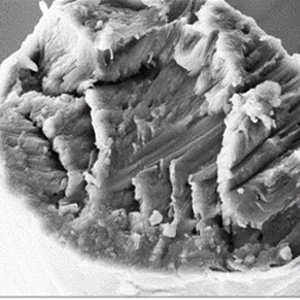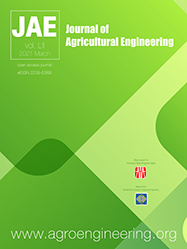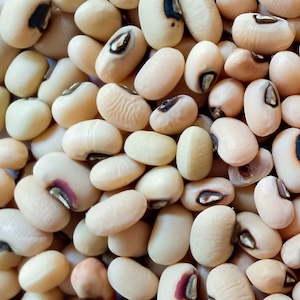Reuse of livestock waste for the reinforcement of rammed-earth materials: investigation on mechanical performances

All claims expressed in this article are solely those of the authors and do not necessarily represent those of their affiliated organizations, or those of the publisher, the editors and the reviewers. Any product that may be evaluated in this article or claim that may be made by its manufacturer is not guaranteed or endorsed by the publisher.
Authors
Agricultural wastes as an additive within raw earth materials could improve the mechanical and physical properties of new sustainable construction materials and enhance waste management from a circular economy perspective. This study intends to fill the lack of knowledge considering the mechanical effects of animal fibres on rammed-earth materials. The effects of livestock waste, i.e., sheep wool fibre (SWF), as a reinforcing element in building components produced using raw earth and lime-free mortars have been evaluated. The samples were made by varying the wool content (0.25% or 0.50% weight) and the length of the fibres (from 10 mm to 40 mm). Linear shrinkage, flexural strength, compressive strength, and fracture energy were evaluated on samples incorporating SWF, to assess the effects of this waste addition on the mechanical performances of new bio-composite material. The best result of the flexural strength was 1.06 MPa, exhibited by samples made with the longest and highest percentage of fibres, 40 mm, and 0.50%, respectively. The average compression strength was about 3.00 MPa. The average energy fracture of the composite was 806.38 (N/mm).
How to Cite

This work is licensed under a Creative Commons Attribution-NonCommercial 4.0 International License.












